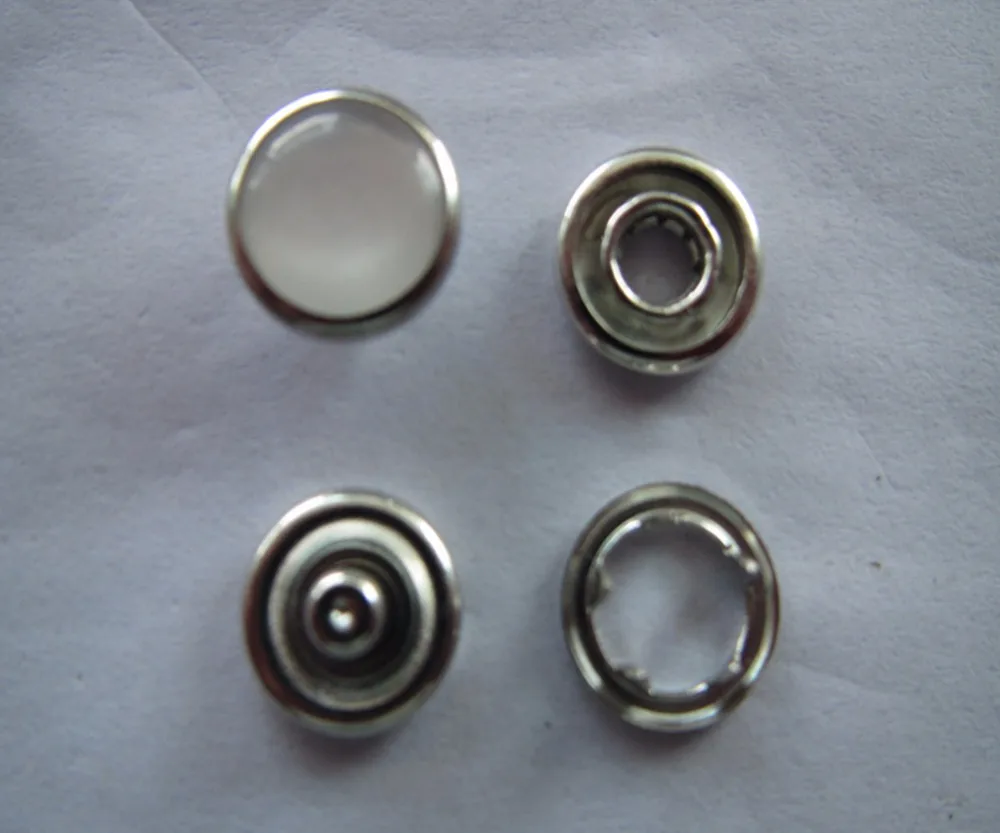
In 1889, when the camera was ready for distribution, Eastman began to advertise in national magazines and weeklies, including Harper's, Scribner's Magazine, Scientific American, Harper's Weekly, Frank Leslie, Time Magazine, and Puck Magazine. He decided to market his products to both groups, however, he soon realized that the second group could be expanded to virtually every person on earth, and used his "We Do the Rest" slogan to attract them. Eastman believed the second group was large in number.
PRESS THE BUTTON HOW TO
The second group simply wanted pictures as mementos of their daily lives but were hardly interested in learning how to do the rest. They had the skills in developing, printing, and toning, and they had a sense of photography as an art form. The first was "true amateurs", who were people willing and able to devote time and money to learn the art of photography. George Eastman believed amateur photography attracted two groups of people. Then, prints were made from each negative and pasted on mounts and returned to customers, along with the negatives, the camera, and a new roll of film.


At the Kodak factory, film was separated from the camera, cut into strips of twelve exposures, developed and stripped, pressed in contact with a clear gelatin skin, and dried. Customers had to simply take their pictures, send their camera to the Kodak factory in Rochester New York. For Eastman, 'We Do the Rest' was literally true. Eastman believed that amateur picture taking could eventually interest just about everyone, and in order to make it happen, he set about separating the two main functions of photography: the picture taking and the processing. Part of Eastman's success was his business sense, which allowed him to see the potential in photography for amateurs. Displeased with the man's inability to understand the simplicity of his picture taking machine, Eastman took over the writing and created the slogan.
PRESS THE BUTTON MANUAL
The Kodak inspired the slogan "You Press the Button, We Do the Rest." Eastman wrote the owner's manual for the Kodak, although he originally hired an advertising expert to do the job.

Soon after in 1888, Eastman created a superior model, the Eastman Kodak camera to replace his poorly selling Detective. Only 50 were made, and did not sell well. Eastman's first camera, the Detective, was created in 1886.


 0 kommentar(er)
0 kommentar(er)
